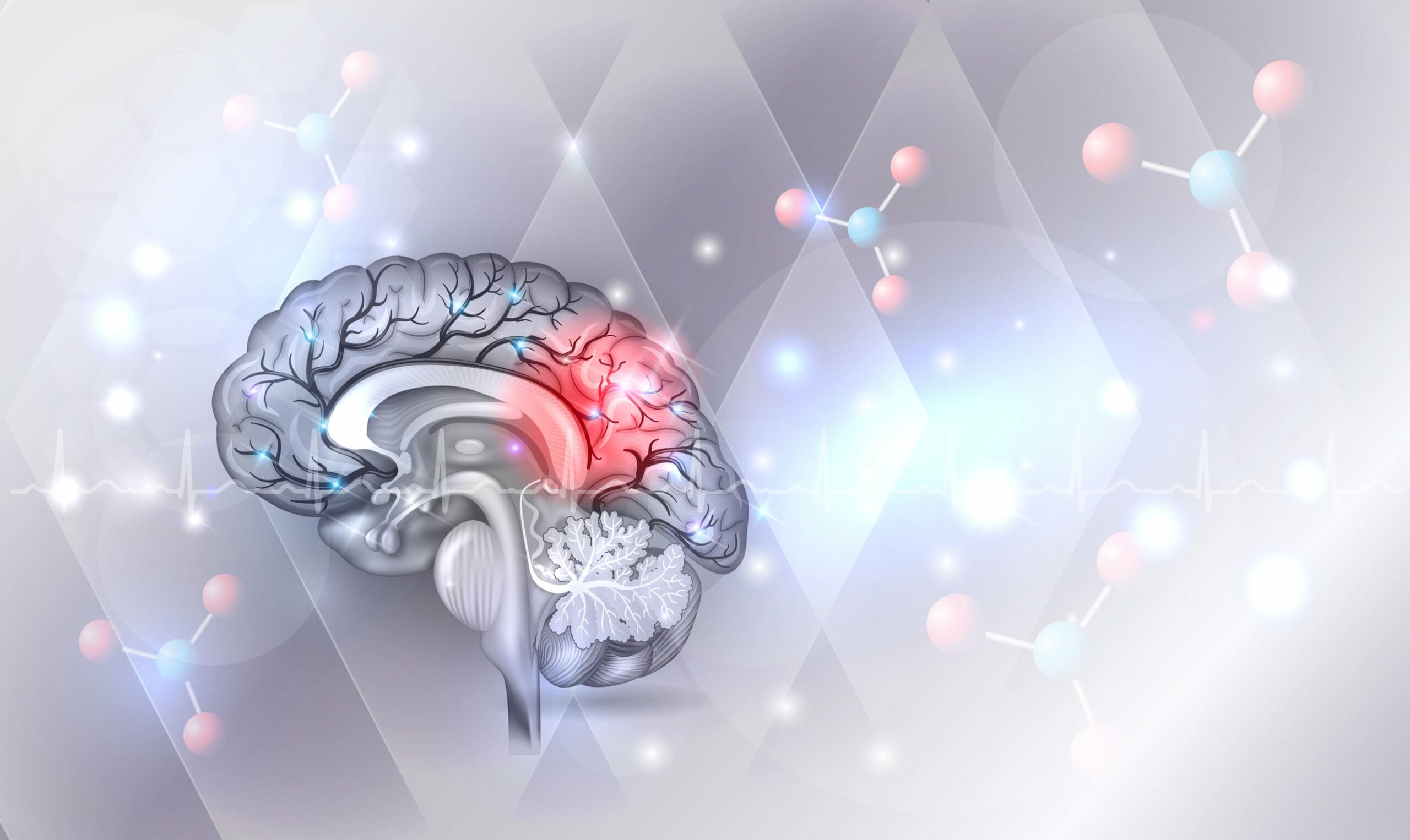In this post
Neurological damage refers to some form of damage to any part of a person’s nervous system, so not just their brain. However, the effects of damage to the brain can be severe and enduring and, in some cases, the damage will be classed as ‘life changing’.
The brain is an integral part of the nervous system and any damage to it means that the functioning of the nervous system as a whole is usually compromised either on a minor level, where only a small amount of damage has been caused, or on a serious level, where damage is on a larger scale.
Damage to the brain impacts how a person thinks and behaves, and two examples of how a person’s ability to process information is changed because of a brain injury are visual agnosia and prosopagnosia, with prefrontal cortex damage largely linked to changes in behaviour.
Visual agnosia
Any form of agnosia means that someone is no longer able to make sense of information that is presented to them; this results in previously recognisable objects, places, sounds and people, for example, now becoming unrecognisable. Visual agnosia is a condition where someone’s eyesight (and intelligence) is perfectly fine but they cannot understand what it is that they are seeing. An example of this might be if someone saw a glove – they would simply not know that this was something that was worn on the hand, even if this information would have been completely obvious to them prior to their brain injury.
Visual agnosia comes about due to damage within the brain’s parietal lobe, which is responsible for perception. Symptoms of visual agnosia include:
- Inability to recognise objects and name them
- Inability to recognise an object’s colour
- Inability to recognise places
Prosopagnosia
Prosopagnosia is a very specific form of agnosia where a person is unable to recognise a face, even though their ability to actually see it is not impaired at all. (The condition is sometimes referred to as ‘face-blindness’.) The information received by the brain cannot be processed due to damage in an area of the brain called the fusiform face area (FFA), which is located next to the occipital lobe.
Prosopagnosia means that someone is unable to recognise people who are very familiar to them, such as their own family – even their own children. Symptoms of prosopagnosia include:
- Inability to identify who a person is from their face
- All faces appear to be the same with no specifically identifiable features
- Inability to recognise people who are both familiar to them and who are strangers
Impact of damage to the prefrontal cortex
The prefrontal cortex is responsible for the regulation of emotions, so it stops us from laughing when someone gets hurt or from punching someone if they are annoying us. It also stops us from becoming over emotional to the point where our reactions may be very disproportionate to the event that has taken place.
Therefore, any damage to the prefrontal cortex means that people find it extremely difficult to regulate emotions and if a brain injury occurs in this area, those who know them well may state that a person appears to have changed completely; for example, someone who was previously very passive becoming very aggressive.




